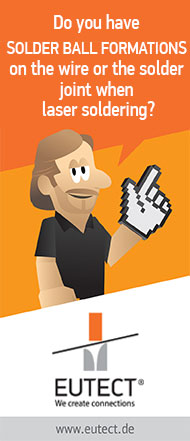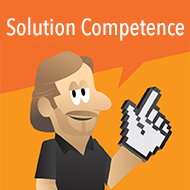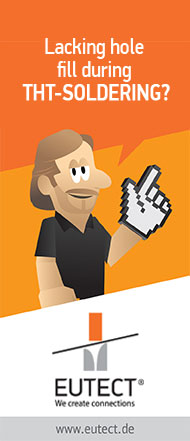Do you have solder ball formations on the wire or the solder joint when laser soldering?
For a clean, reproducible laser soldering process, a perfect solder pattern is essential. Solder ball formation during the soldering process must be avoided at all costs, as they can cause short circuits on the assembly or the amount of solder applied is not reproducible. Particularly in the case of tight packaging densities, it is essential to ensure that the soldering process is as precise as possible. If solder balls occur nevertheless, they must be eliminated. Please consider the following points:
Have you chosen the correct angle between solder wire and the angle of incidence of the laser?
If not, readjust the angle.
Can unwanted reflections be caused by product or laser head positioning?
If so, the complete structure of the soldering process should be considered. If the setup cannot be adjusted, you should consider whether reflections can be prevented by covers or masks.
Are your positioning and the conveying the lengths of the wire correctly? Do you use the correct wire speeds when feeding, during the process and during wire withdrawal?
If not, adjust the speed to avoid the formation of balls. Wire withdrawal is particularly important here, as it guarantees a reproducible process. Read more about the SWF from EUTECT.



















